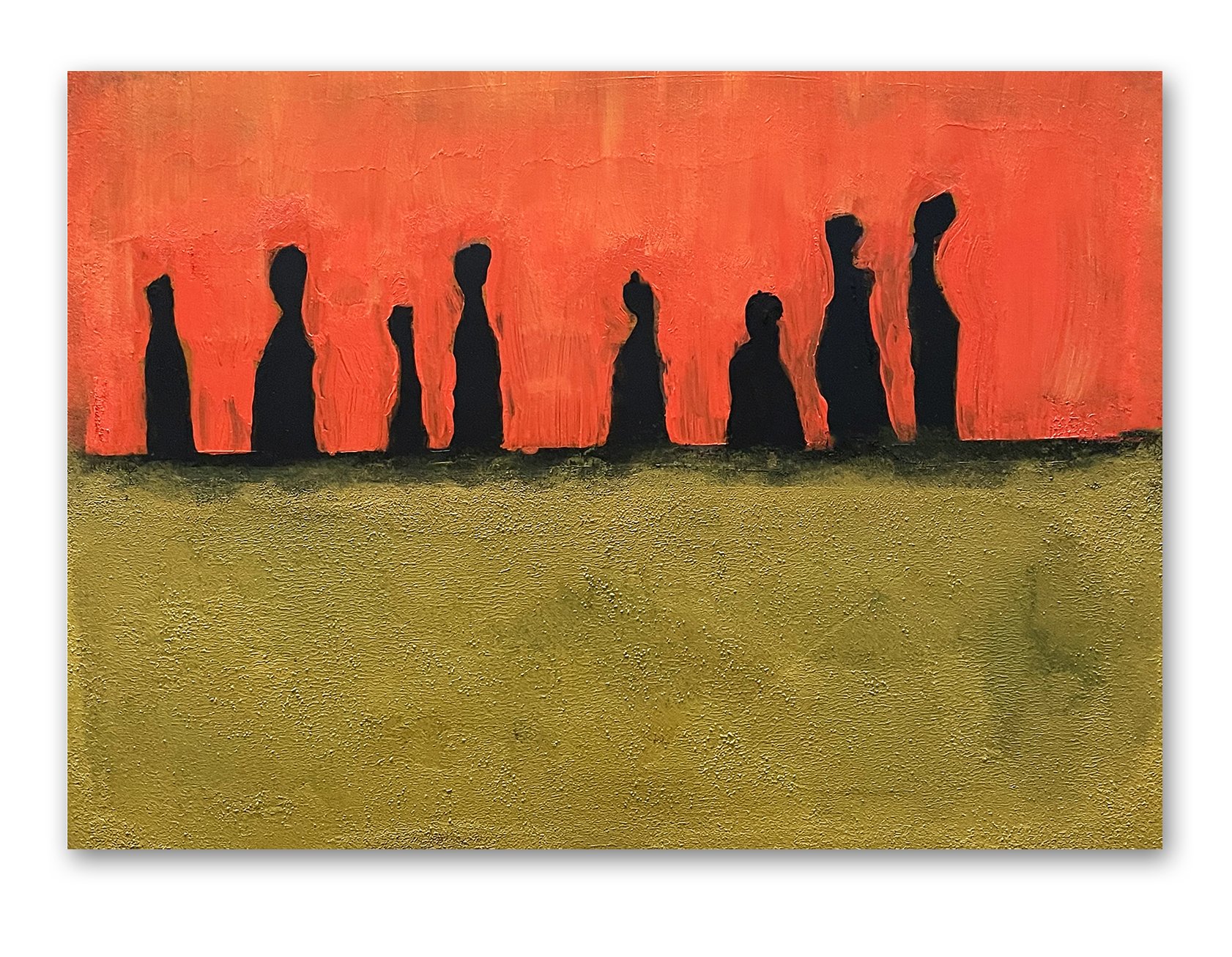In "terror management theory," the word "terror" is used more abstractly, referring to the existential dread or fear of mortality that humans experience. It's not necessarily about immediate danger or physical threats, but rather the anxiety and discomfort associated with the awareness of our own mortality. So, while it may not align perfectly with the common usage of "terror," it's used to convey the profound psychological unease that comes with confronting the reality of death.
Recently, I was talking to someone about death anxiety and terror management theory and my interests and art (book) surrounding these topics. The conversation was fairly straightforward. In the end, they didn’t care for the word “terror” in “terror management theory.” They implied that it was a poor choice of words and that it was too much—a kind of turn-off. It wasn’t the first time this had happened to me, but this time I wanted to defend it. I had to think about it for a while but came up with the first paragraph of the post about the word terror in TMT.
“Imagine you’re afraid of dying. Terror management theory says we deal with this fear by holding onto beliefs and values that give our lives meaning, like religion or cultural traditions, and by boosting our self-esteem. Basically, we distract ourselves from the scary thought of death by focusing on things that make us feel good about ourselves and our place in the world.”
Terror is defined as “a state of intense or overwhelming fear.” I’m not sure about you, but that’s a pretty good definition for the way I feel about my death (slowly trying to come to terms with it). We all feel terrified about dying. Specifically, we want to be remembered, and we want our lives to have meant something (personal significance). We are worried about those we leave behind, or that our lives didn’t really mean much while we were here. Those are very difficult ideas to assimilate and accommodate. We need to find meaning and significance, and if we’re lucky enough to find those, we need to hold onto them and reinforce them in our lives every day. We feel this way because we are humans and we have the unique knowledge that we are going to die.












